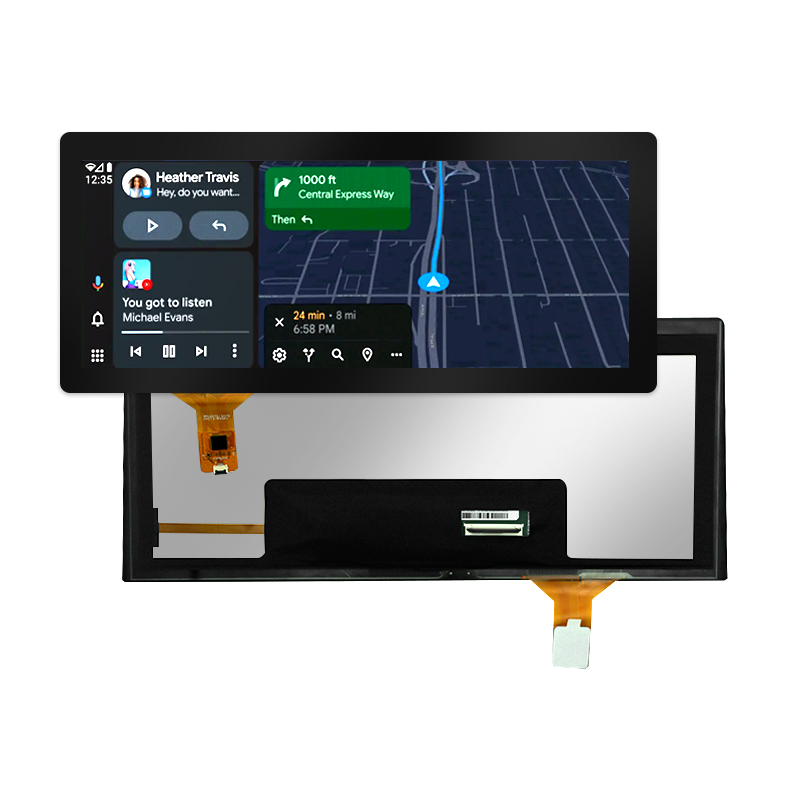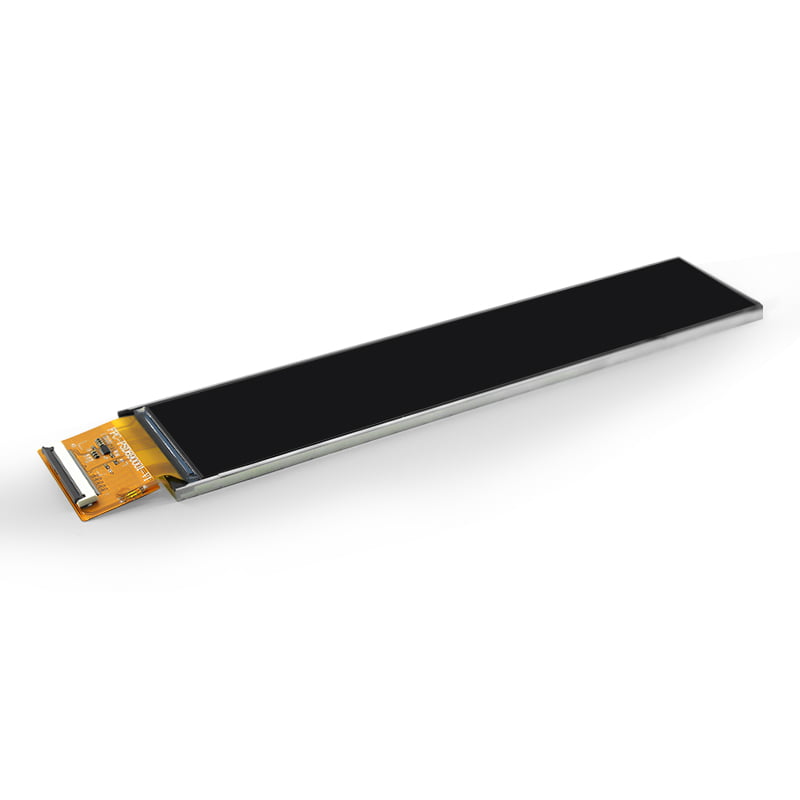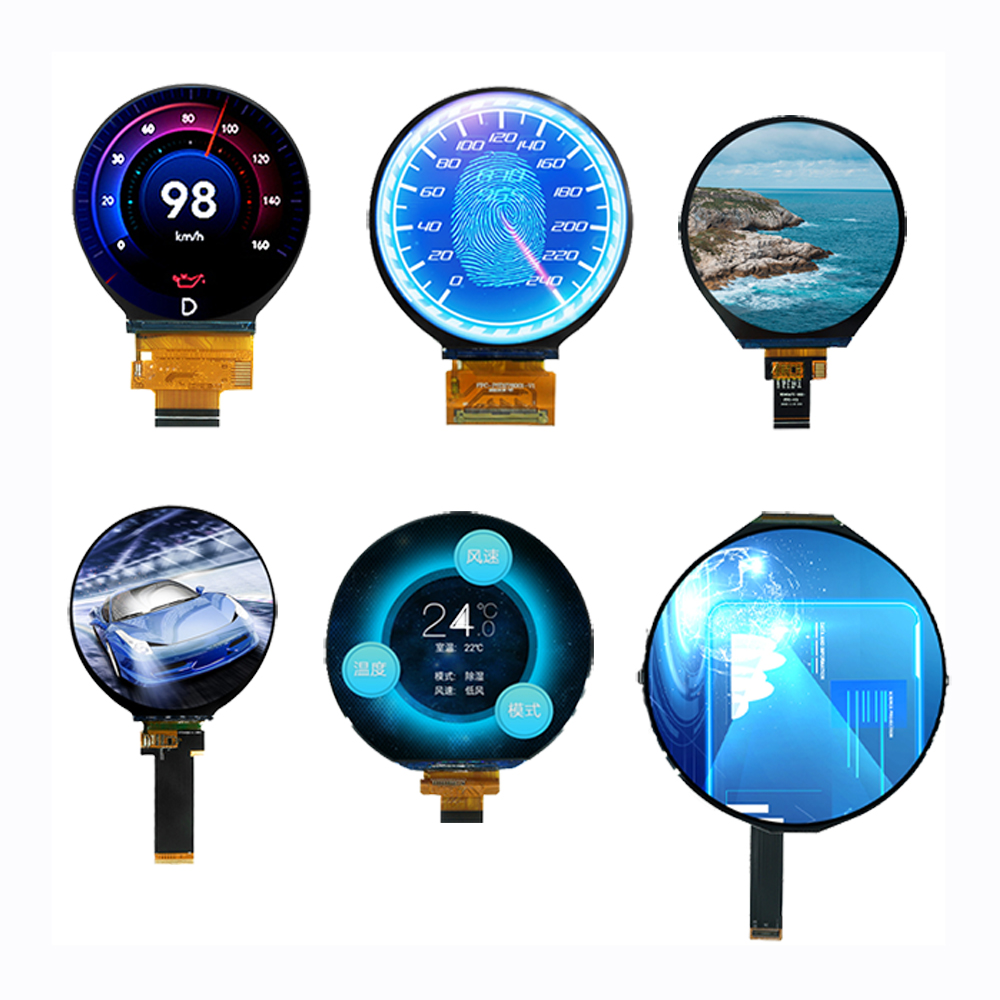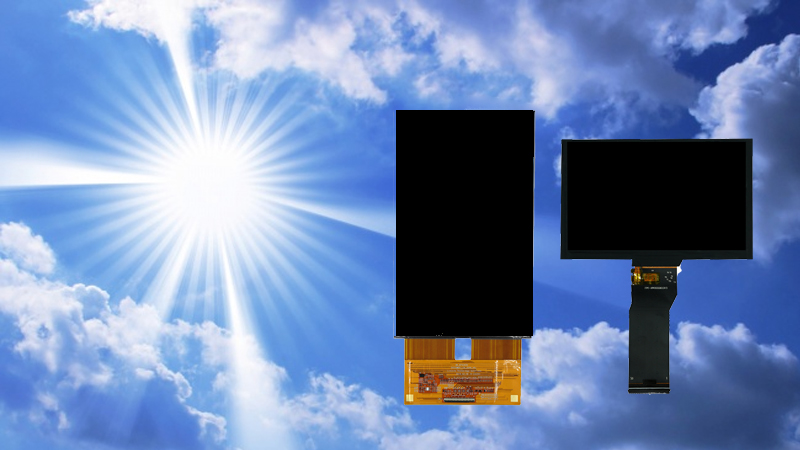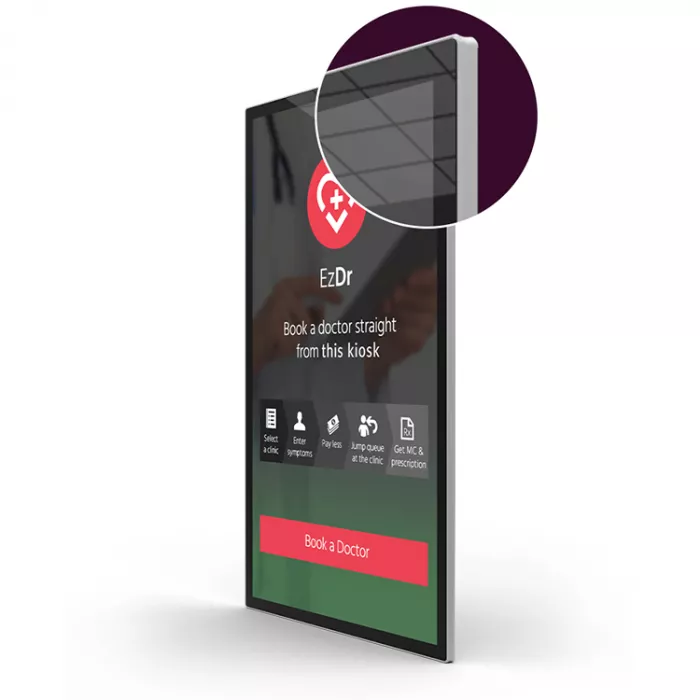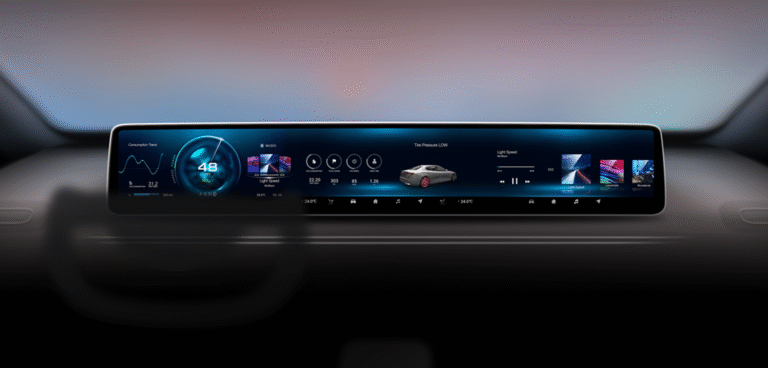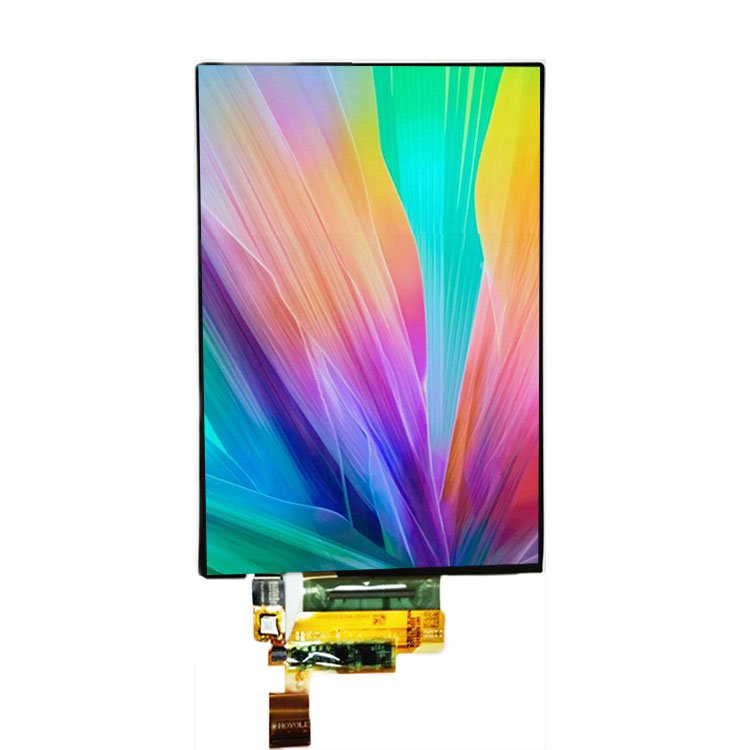What Is IPS Display Technology and How Does It Work?
IPS (In-Plane Switching) is a type of TFT-LCD display technology. It uses a liquid crystal layer controlled by thin-film transistors and relies on a backlight to produce visible images. The crystals shift orientation to allow light through or block it, creating colors via a color filter layer.
IPS Display Highlights
- Requires a constant backlight
- Produces accurate colors and high brightness
- Delivers stable performance and long-term reliability
- Used in monitors, medical displays, industrial screens
Because of its precise color reproduction and reliability over time, IPS is often found in critical environments like medical diagnostics and control interfaces where accuracy matters.
👉 Related: What is the Difference Between IPS and TFT LCD?
What Makes AMOLED Different?
AMOLED (Active Matrix Organic Light Emitting Diode) screens don’t need a backlight. Each pixel in an AMOLED panel emits its own light using organic compounds that glow when electric current flows through them.
This structure allows for:
- True black (pixels turn completely off)
- Ultra-thin designs
- Flexible or curved screen possibilities
- High contrast and deep colors
AMOLED is widely used in smartphones, wearables, foldable devices, and premium consumer electronics.
Thousands of products are available in our catalog.
Discover our wide range of products, including LCD-TFTs, OLED graphic and alphanumeric displays, LCMs, e-paper displays, barcode scanners (embedded, handheld, fixed mount), industrial monitors, industrial computers (carrier boards, COMs & SOMs, embedded systems, HMI panel computers, SBCs), capacitive and resistive touch screens, and accessories (development kits, connectors, controllers, FPC/FFC tapes, ZIF connectors).
AMOLED vs IPS: A Side-by-Side Comparison
| Feature | AMOLED Display | IPS Display |
|---|---|---|
| Light Source | Self-emissive pixels | Requires LED backlight |
| Contrast Ratio | Very high (true black) | Moderate, backlight limits contrast |
| Brightness | Moderate, varies by brand | Generally brighter, consistent |
| Color Accuracy | Vivid colors, sometimes oversaturated | Accurate, natural tones |
| Power Usage | Lower on dark backgrounds | Higher across all images |
| Lifespan | Limited (organic material degrades) | Longer, especially in static displays |
| Cost | Higher due to complex manufacturing | More affordable, widely available |
| Design Flexibility | Thin, flexible, foldable | Rigid, thicker with backlight |
| Best For | Smartphones, wearables, premium tablets | Medical, industrial, long-use environments |
Pros and Cons of AMOLED Displays
✅ Advantages
- True blacks & infinite contrast: Pixels switch off completely in black areas
- Flexible design: Suitable for foldable or curved screens
- Energy-efficient: Especially in dark UI or standby modes
- Wider viewing angles: Color remains consistent from all directions
❌ Disadvantages
- Shorter lifespan: Organic pixels, especially blue, degrade over time
- Risk of burn-in: Static content can cause ghost images
- Higher cost: Due to complex materials and lower yield rates

Pros and Cons of IPS TFT Displays
✅ Advantages
- Superior color accuracy: Critical for medical, design, and industrial applications
- High brightness output: Ideal for use in bright environments
- Stable longevity: No organic material, resistant to burn-in
- Consistent viewing experience: Maintains image quality at wide angles
❌ Disadvantages
- No true blacks: Backlight always on, lowering contrast
- Thicker modules: Less flexible design for compact devices
- Higher energy use: Backlight draws constant power regardless of image content
👉 Related: How to Choose a TFT LCD Display Module
Which Display Works Best for Your Industry?
When to Choose AMOLED
Opt for AMOLED if your product needs:
- A sleek or curved form factor
- Brilliant color and deep contrast
- Power savings in standby or dark-mode apps
- A premium aesthetic experience
Ideal for:
Smartphones, smartwatches, fitness trackers, foldable tablets
When to Choose IPS
Go with IPS when your application prioritizes:
- Color precision and consistency
- Long-term usage without degradation
- Brightness for outdoor or clinical settings
- Stable display with reduced maintenance costs
Ideal for:
Medical monitors, industrial HMIs, rugged tablets, automotive displays
Final Thoughts: AMOLED vs IPS—It Depends on the Application
Choosing between AMOLED and IPS displays isn’t about which one is better universally—it’s about which one suits your product best.
If you value style, flexibility, and rich contrast in mobile or consumer devices, AMOLED delivers a premium look and feel. If your focus is on reliability, color accuracy, and continuous use in tough environments, IPS remains the industry workhorse.
At RJY Display, we offer both custom AMOLED and IPS TFT display solutions, helping businesses find the perfect match for performance, cost, and application demands.
Reference Resources




